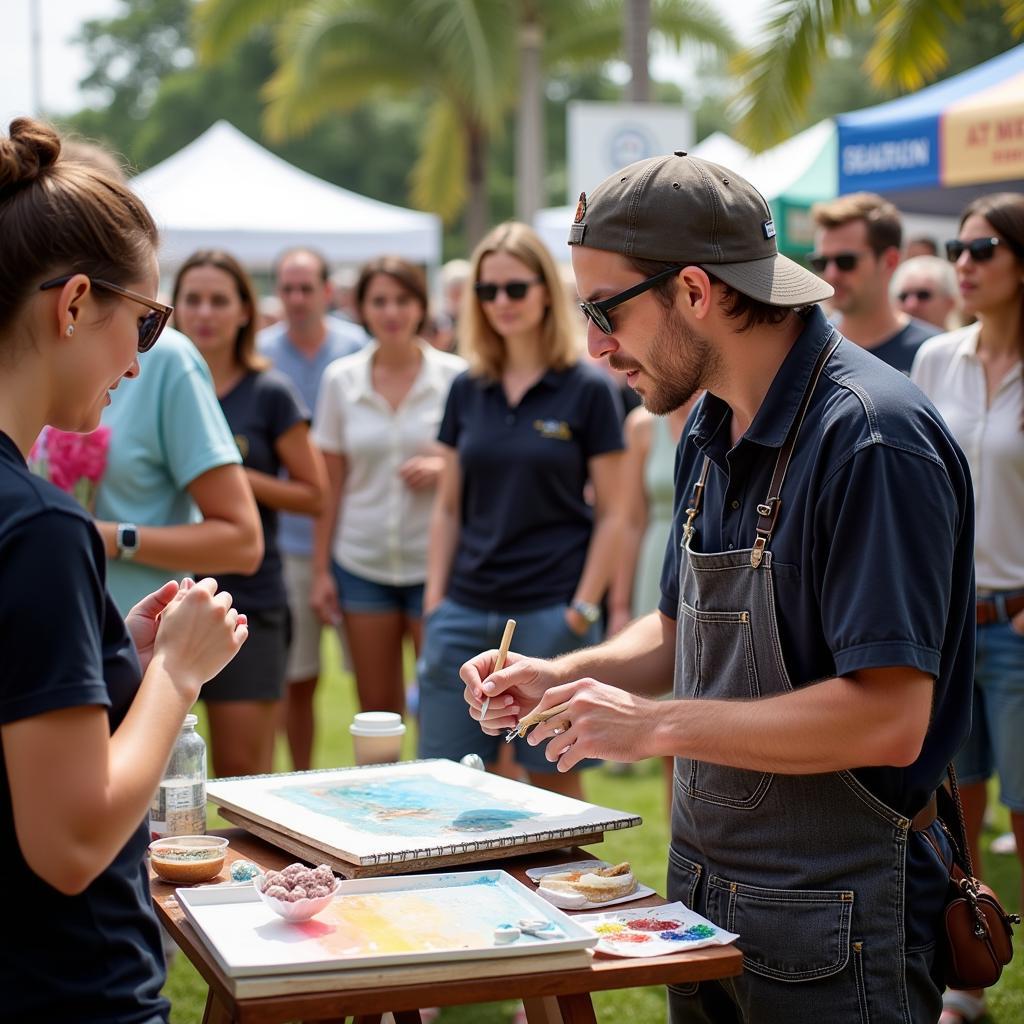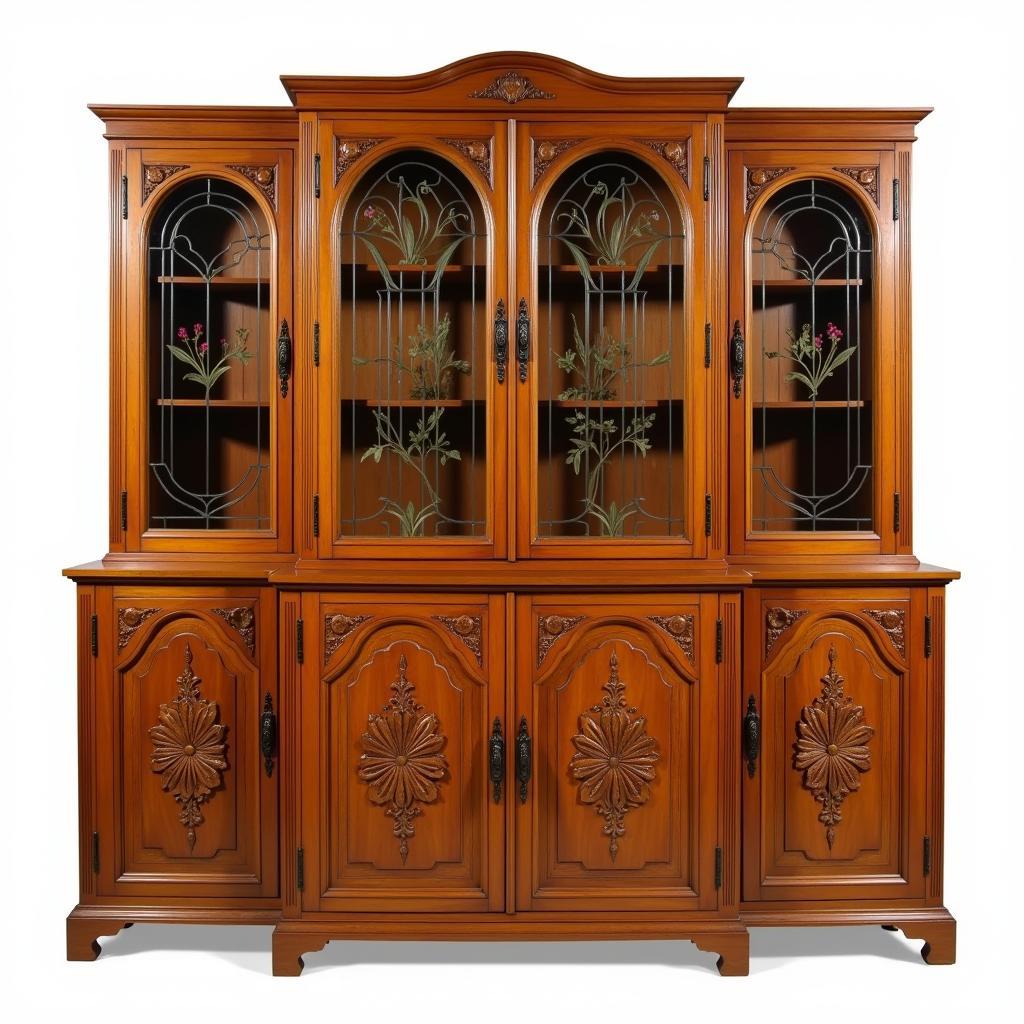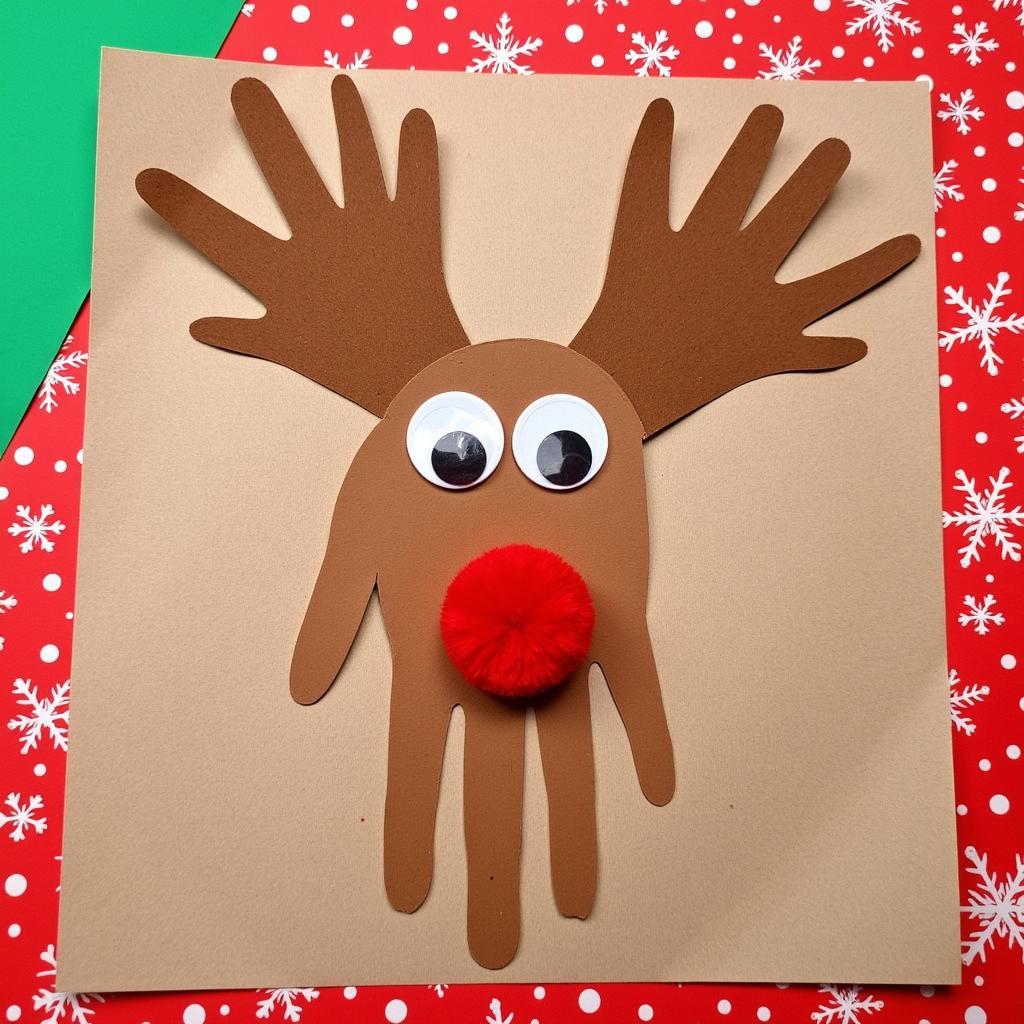Pastel Art Supplies: A Guide to the Essential Tools for Your Creative Journey
Pastel art supplies are an essential part of any artist’s toolkit, offering a wide range of possibilities for creating vibrant and expressive artwork. Whether you’re a seasoned professional or just starting out, understanding the different types of pastels and tools available can help you unlock your artistic potential.
Exploring the World of Pastel Art Supplies
Pastel art supplies encompass a diverse range of materials, each with its own unique properties and characteristics. Let’s dive into the key elements that make up this captivating world:
1. Pastel Types:
- Soft Pastels: Known for their rich, vibrant colors and buttery texture, soft pastels are perfect for creating bold strokes and expressive layers. They are typically made from a blend of pigments and a binder, and they are readily available in a wide range of colors.
- Hard Pastels: Offering a more precise application and less smudging, hard pastels are ideal for detailed work and delicate shading. They are also great for layering, allowing artists to build up colors gradually.
- Oil Pastels: Made from pigments suspended in oil, oil pastels are known for their creamy texture, smooth application, and ability to blend easily. They are also excellent for layering and achieving rich, saturated colors.
- Water-soluble Pastels: These pastels are designed to be used with water, allowing artists to create unique effects by blending and washing out the colors. They offer a versatility that makes them suitable for both dry and wet techniques.
2. Pastel Papers:
The choice of pastel paper is crucial for a successful pastel artwork. Here’s a breakdown of the most popular types:
- Ingres Paper: This classic choice is textured, offering a toothy surface that provides excellent grip for pastels. Ingres paper is available in a range of weights and colors, and it’s widely used by artists.
- Sandpaper Paper: Known for its rough texture and abrasive surface, sandpaper paper offers excellent grip and allows for vigorous layering. It’s often used for bold, expressive work and creating dramatic effects.
- Color Papers: These papers come in various shades and offer a unique backdrop for pastel art. They can enhance the colors of your pastels and create interesting contrasts in your artwork.
- Paper Pads: Pastel paper pads offer a convenient and affordable way to experiment with different papers and surfaces. They are also a great option for artists who prefer to work on a single sheet.
3. Essential Tools:
- Blending Tools: Blending tools help artists to create smooth transitions between colors and achieve a more unified look. Popular blending tools include tortillions, chamois cloths, and cotton swabs.
- Fixatives: Pastel fixatives are used to seal and protect pastel artwork from smudging and fading. They are typically applied in a light, even spray.
- Kneaded Erasers: Kneaded erasers are a versatile tool for lifting pastel colors and creating highlights. They can be molded to various shapes and sizes, allowing artists to make precise adjustments.
- Pencil Sharpeners: Pencil sharpeners are essential for keeping pastel sticks sharpened, ensuring precise application and a consistent line quality.
Getting Started with Pastel Art:
Ready to embark on your pastel art journey? Here’s a simple guide to help you get started:
- Gather your supplies: Start with a basic set of pastels, a selection of pastel papers, a blending tool, and a fixative.
- Experiment with techniques: Don’t be afraid to explore different layering techniques, blending methods, and color combinations. Practice with different pastel types and papers to find what you enjoy most.
- Start with a simple subject: Choose a simple subject to begin with, like a still life or landscape. This will allow you to focus on the fundamentals of pastel art.
- Enjoy the process: Pastel art is all about experimenting and having fun. Relax, embrace the creative process, and enjoy the journey of self-expression.
Tips for Successful Pastel Art:
- Layer your colors gradually: Start with lighter colors and build up to darker shades to achieve a balanced and harmonious composition.
- Use blending tools effectively: Experiment with different blending techniques to create smooth transitions between colors and achieve a more unified look.
- Don’t be afraid to experiment: Try using unconventional tools and techniques to create unique effects and personalize your art.
- Protect your artwork: Apply fixative to your finished piece to seal and protect it from smudging and fading.
Frequently Asked Questions
Q: How do I choose the right pastel paper for my artwork?
A: The best pastel paper for your artwork depends on your preferences and the desired effect. Consider factors like texture, color, and weight.
Q: Can I use pastel fixative on all pastel artwork?
A: Yes, pastel fixative can be used on all pastel artwork, but it’s important to use it sparingly and in a well-ventilated area.
Q: How do I blend pastels effectively?
A: There are various blending techniques. Experiment with tortillions, chamois cloths, and cotton swabs to find what works best for you.
Q: Where can I find pastel art supplies?
A: Pastel art supplies are widely available online and in art supply stores. You can also find them at local craft stores and online marketplaces.
Q: What are some good resources for learning more about pastel art?
A: There are numerous online resources, books, and videos available that offer tutorials, techniques, and inspiration for pastel art. You can also find local art classes and workshops.
Conclusion
Pastel art supplies offer a vast world of creative possibilities, empowering artists to express themselves through a vibrant and expressive medium. Whether you’re a seasoned professional or just starting out, exploring the diverse range of pastels, papers, and tools available can unlock your artistic potential and bring your creative visions to life. So gather your supplies, embrace the joy of experimentation, and embark on your own pastel art adventure.
If you need further assistance, you can reach us at [phone number], [email address], or visit us at [address]. Our team is here to support you on your creative journey.



